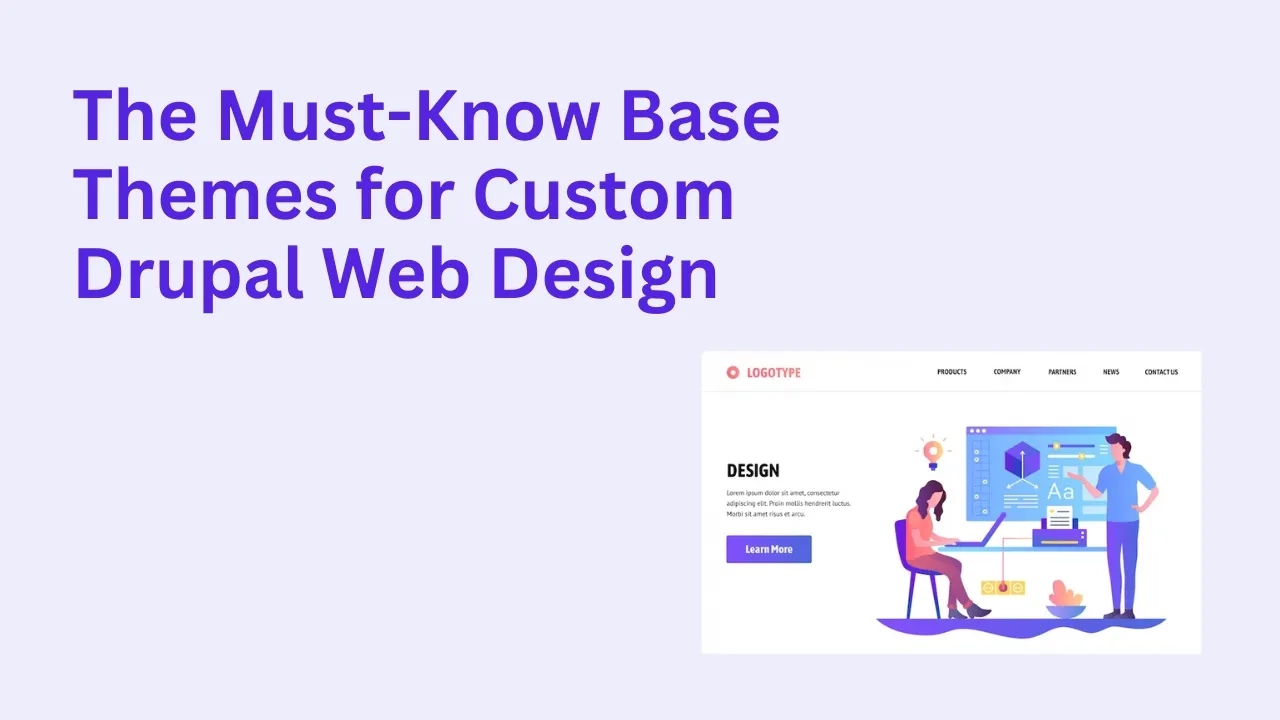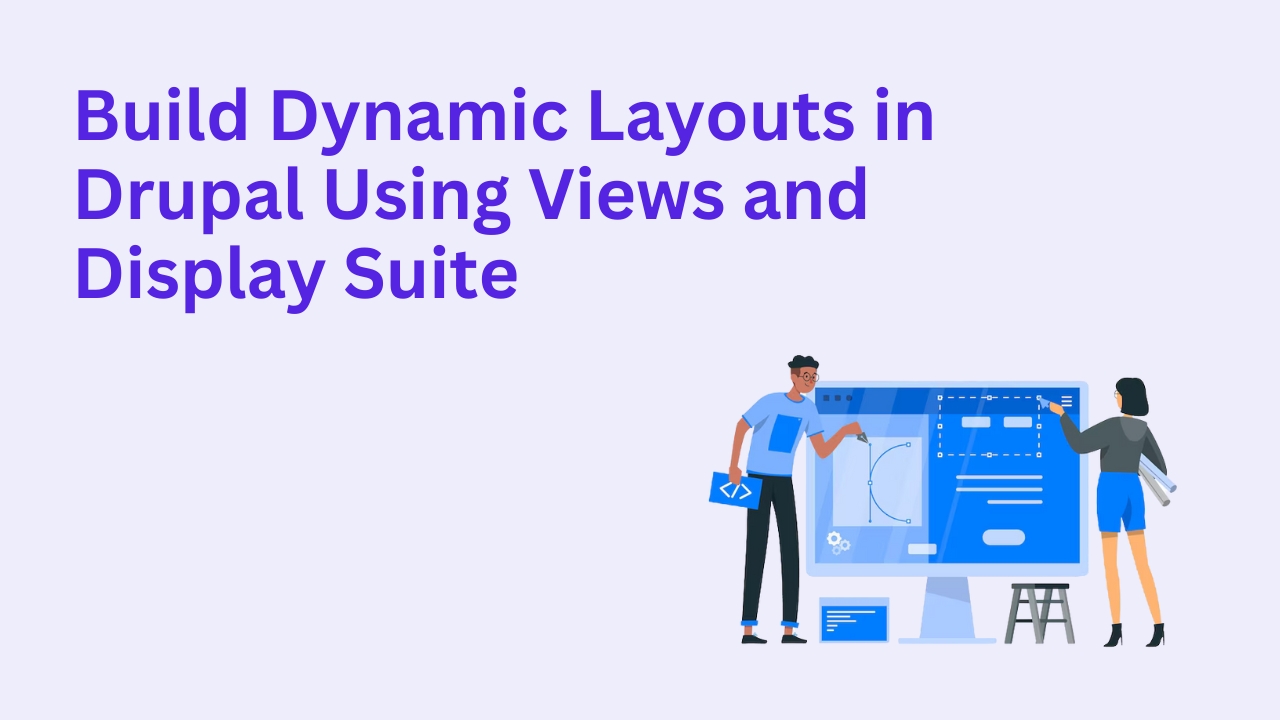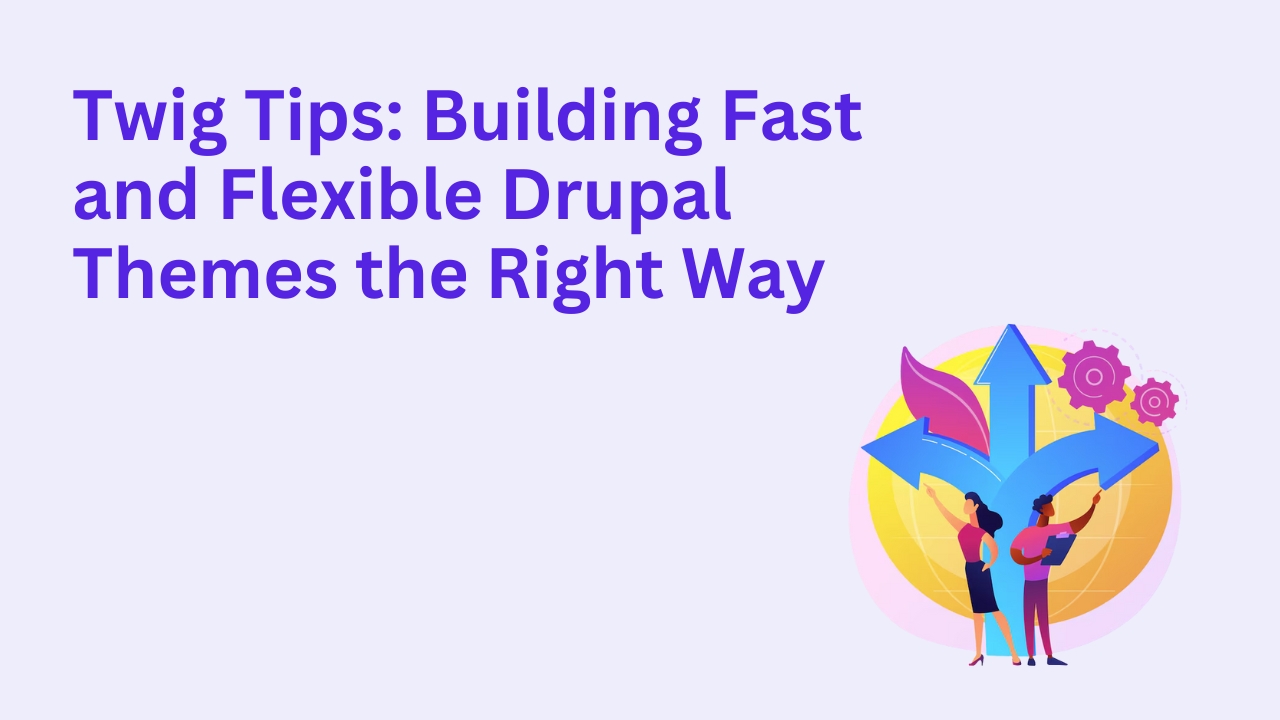The Must-Know Base Themes for Custom Drupal Web Design

When starting a custom Drupal web design project, choosing the right base theme can make or break your workflow. A solid base theme provides a flexible, maintainable foundation—saving time and making it easier to implement your design system cleanly.
If you’re planning a redesign or building from scratch, here are the base themes you should consider.
1. Stable
Best for: Developers who want full control with no extra styles or markup.
The Stable theme is Drupal core’s clean slate—offering no CSS or styling of its own. It’s perfect if you want to start completely from scratch and write every line of your front-end code custom. Not for beginners, but ideal for experienced themers who don’t want surprises.
2. Classy
Best for: Sites that want to use Drupal's default markup and styles as a starting point.
Classy adds Drupal core's basic styles and templates. It’s good if you want to leverage Drupal's front-end structure while still customizing your layout and styles. It’s often used in combination with sub-themes.
3. Bootstrap
Best for: Teams familiar with the Bootstrap framework and looking for responsive, mobile-first design.
This base theme brings the power of Bootstrap (usually version 5) to Drupal. It speeds up front-end development and is ideal for rapid prototyping. Plenty of contrib modules also play well with Bootstrap-based sites.
4. Zurb Foundation
Best for: Developers comfortable with Foundation’s grid and component system.
Foundation is another popular front-end framework like Bootstrap. The Drupal base theme for Foundation allows you to build accessible, responsive websites quickly, though it has a smaller ecosystem in the Drupal world compared to Bootstrap.
5. Radix
Best for: Advanced themers who want a modern front-end tooling setup.
Radix is a powerful theme that supports Sass, webpack, and other modern dev tools out of the box. If you're using tools like Tailwind CSS or want a component-based architecture, Radix gives you the flexibility you need.
6. Gin (for Admin UI)
Best for: Improving the editorial/admin experience with a modern interface.
While not a front-facing base theme, Gin is a must for admin UI customization. It’s sleek, fast, and user-friendly—making content creation much more pleasant for editors.
7. Olivero (Drupal Core)
Best for: Simpler sites or small businesses that don’t need heavy theming.
Olivero is Drupal’s default front-end theme as of Drupal 9. It’s accessible, clean, and mobile-friendly right out of the box. It works great for low-budget projects or MVPs.
Choosing the Right Base Theme: What to Consider
Your dev team’s front-end experience (Bootstrap vs. Tailwind vs. custom).
Project complexity and design requirements.
Performance needs (avoid bloated themes for lean builds).
Long-term maintenance and compatibility with contrib modules.
Need Help Picking the Right Theme?
Choosing the right base theme is foundational to success. At Drupalify, our team helps brands build lightning-fast, fully customized Drupal themes aligned with their goals. You can hire expert Drupal developers or book a consultation to evaluate your theming needs.
Frequently Asked Questions
Which base theme is best for performance?
Stable or Classy offer the most control and lowest overhead—but require more setup.
Can I switch base themes mid-project?
Technically yes, but it’s not recommended. It often requires major rework of templates and styles.
Do I need a base theme if I’m using a page builder module?
Yes. Even with Layout Builder or Paragraphs, your site still needs a theme to define how elements look.
Is Olivero good for custom enterprise sites?
It’s better suited for simpler sites. For enterprise-level theming, something like Bootstrap or Radix offers more flexibility.








